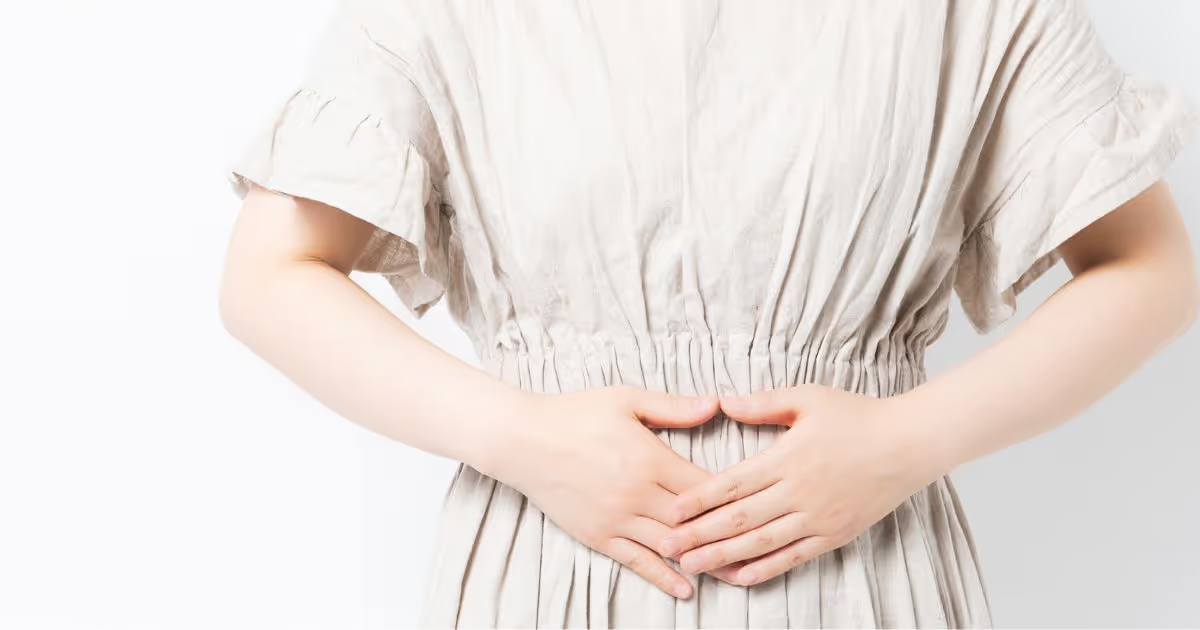Uterine Polyps
Uterine polyps or endometrial polyps are endometrial tissue that overgrows. They are round or oval shapes with a thin stalk or broad base attached to the uterine lining. The size may be as tiny as a sesame seed or bigger than a golf ball. You can develop one or more polyps. Usually, uterine polyps are noncancerous and asymptomatic. However, it can cause menstrual and fertility problems.
Causes and Risk Factors
- A surge of hormones such as estrogen during each menstrual cycle causes endometrial thickening, which can be associated with the growth of uterine polyps.
- Old age increases the risk of developing uterine polyps. You are more likely to have uterine polyps when you are perimenopausal or postmenopausal.
- Overweight or obesity
- Hypertension
- Tamoxifen for breast cancer treatment
- Hormone replacement therapy with high doses of estrogen.
- Lynch syndrome
- Cowden syndrome
Symptoms
- Abnormal vaginal bleeding after intercourse, outside of the menstrual period, or after menopause
- Irregular periods
- Heavy menstrual bleeding
- Infertility
- Dull abdominal aching due to large polyps
- Sometimes, a uterine polyp may resemble endometrial carcinoma or endometrial hyperplasia.
Diagnosis
- History taking: Your doctor will ask about your menstrual cycle, menopausal status, and whether you have vaginal spotting.
- Pelvic exam and a Pap smear
- Transvaginal ultrasound
- Saline infusion sonohysterography
- Hysteroscopy
- Endometrial biopsy
- Curettage
Treatment
- Surveillance: Treatment for asymptomatic polyps may not be necessary as they may go away on their own, especially if you are not at risk of developing uterine cancer.
- Medication: Taking medications such asprogestins and gonadotropin-releasing hormone agonists can help alleviate symptoms caused by the polyp. But symptoms can recur if you stop the drugs.
- Surgical removal such as hysteroscopy: Your doctor will order a pathological study of the removed polyps to determine if they are cancerous. Around 5% of uterine polyps are cancerous. Uterine polyps can recur that need repeat treatment.
Article by
Dr Pimpagar Chavanaves
An obstetrician & gynecologist specializing in reproductive endocrinology and menopause
Doctor profile
Fertility and Genetics Center














